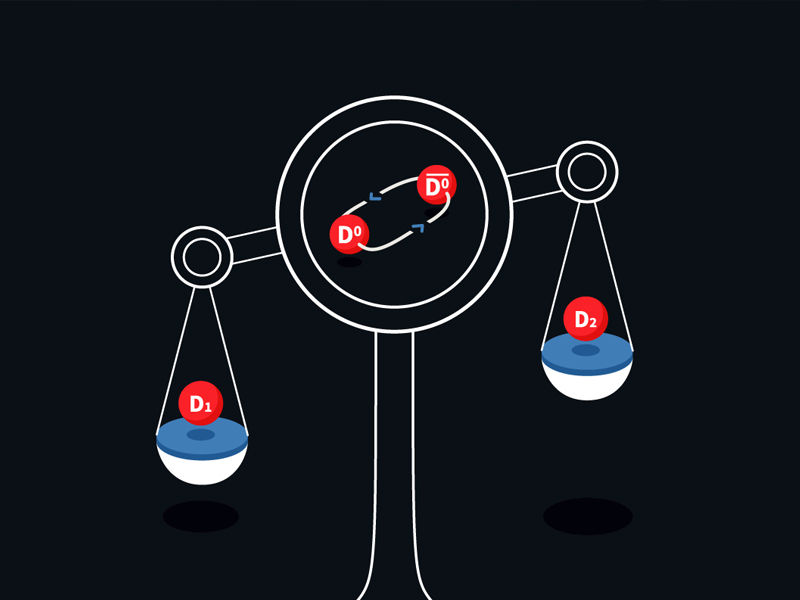A body’s weight is the force exerted on it as a result of the acceleration caused by gravity, whereas a body’s mass is the amount of matter that makes up the body. The main distinction between mass and weight in chemistry is this.
Mass and weight are frequently used interchangeably in everyday speech. But knowing the distinction is essential for scientific students. Mass and weight are terms we use to describe how heavy an object is. This may be a simple explanation, but there are many other factors at play. The main distinctions between mass and weight are discussed in this tutorial.
WHAT IS MASS?
Matter, which is composed of subatomic particles like electrons, protons, and neutrons, makes up every item in the universe. The fact that matter has a mass is one of its fundamental characteristics. The amount of matter in a particular body is referred to as its mass, which is one of the fundamental numbers in physics.
The kilogramme (Kg), often known as the SI unit, is the international standard unit of mass. It is important to keep in mind that a body’s mass is constant at all times. However, in a few unusual circumstances, such as a nuclear reaction, some mass can be transformed into energy. As a result, the substance’s bulk decreases.
WHAT IS WEIGHT?
One of the fundamental units of physics is weight. In chemistry, weight is defined as the gravitational force exerted on an object. The SI unit for weight is the Newton since weight is a measure of force.
We multiply a body’s mass by the acceleration caused by gravity to get its weight. Consequently, the equation is w = mg. The body’s mass is now constant in this equation, but the acceleration brought on by gravity is variable because it varies from location to location.
In comparison to someone standing near the equator, you feel more weight when you’re at the North Pole. Both individuals in this situation have the same mass, yet the acceleration caused by gravity is different.

This is due to two factors:
The person near the equator is further away from the planet’s centre than the person at the North Pole because Earth is not entirely spherical.
The square of the distance between two objects is inversely correlated with the acceleration brought on by gravity.
Also read: Oookla Speed Test Global Index List: India Ranks 47th
Mass:
A body’s mass can never be zero.
Mass is a scalar quantity since it only has magnitude.
Location has no bearing on mass; it is constant everywhere.
A common balance can be used to calculate a body’s mass.
The kilogramme (kg) and gramme (g) are the SI units of mass.
Weight:
When there is no force of gravity, as there is in space, a body’s weight can be zero, giving rise to the sensation of weightlessness.
Due to its magnitude and direction, weight is a vector quantity.
Body weight fluctuates depending on where it is.
Typically, weight is determined using a spring balance. Newton is the SI unit of weight.





























